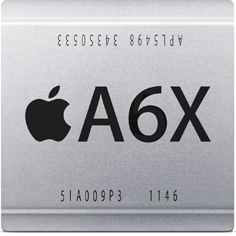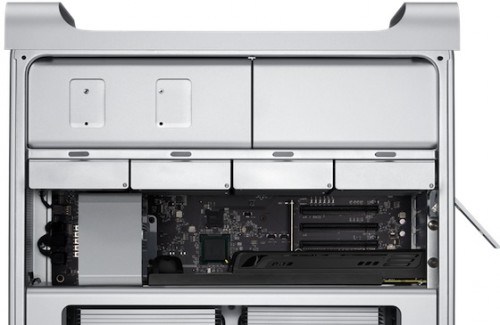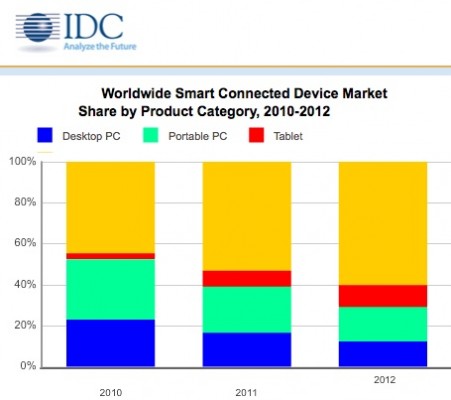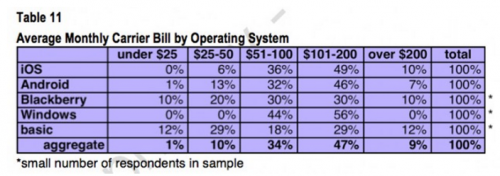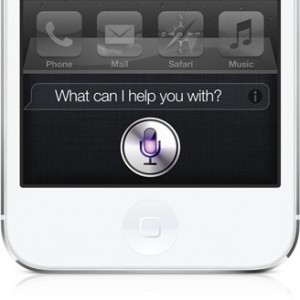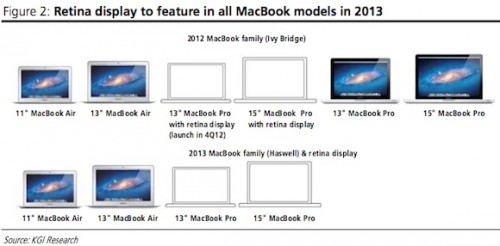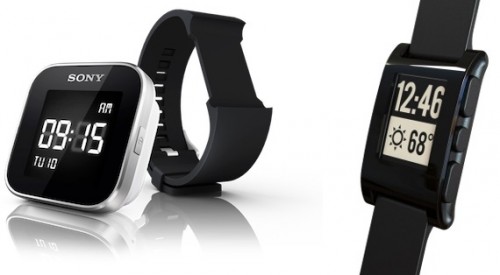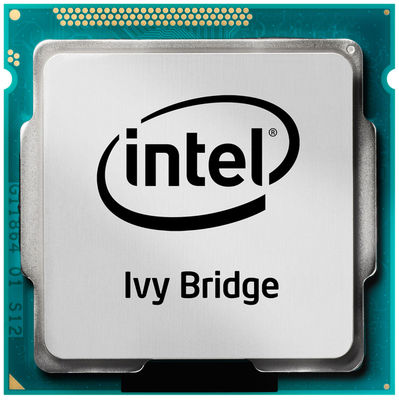News tagged ‘Intel’
Haswell Chip Benchmark Shows 7-13% Performance Increase Over Ivy Bridge
Tom’s Hardware results of a detailed performance test of a Core i7 Haswell processor, which suggest that it will offer 7-13% performance increase over equivalent Ivy Bridge chips – a similar increase experienced with the transition from Sandy Bridge to Ivy Bridge.
Intel And Apple Discussed Deal For Production Of iPad And iPhone Chips
Reuters, Intel is likely to move into contract manufacturing business, which suggests that Apple could become its future customer with chips for the iPad and iPhone, thus reducing its reliance on Samsung as a supplier. Reportedly, last year Intel and Apple executives discussed the issue, but no agreement has been concluded.
 Leave a comment, read comments [1]
Leave a comment, read comments [1]
Apple is to develop 2TB solid state drives for next Mac Pro model
According to an unconfirmed report from the Bright Side of News, Apple is developing a two terabyte solid state drive for incorporation into the next Mac Pro.
Samsung Outpaced Apple In Connected Device Market
Market intelligence firm IDC a report on what it describes as the Smart Connected Device Market. The graphic created by the company shows the market share decrease for both laptops (from 29% in 2010 to 17% in 2012) and desktop PCs (from 23% to 12%), while smartphones grew from 45% to 60% and tablets from 3% to 11%. Overall, the PCs’ market share fall from about 50% to 30% in just two years.
Redesigned MacBook Air Planned For 3Q 2013 Release
Taiwanese website Economic Times reports (via ) that Apple is preparing for a release of its next-generation MacBook Air in the third quarter of 2013.
EA launches Origin client for Mac
Digital distribution platform Origin for Mac from EA was launched today; this was first noted by AppleInsider. The Origin for the Mac was originally announced in August, 2011 and began to undergo alpha testing in late January.
iPhone Users Spend The Most For Monthly Carrier Bills
AllThingsD on a new research from Consumer Intelligence Research Partners showing that iPhone users on average spend the most for monthly carrier bills. The research company polled smartphone users in the period from October to December 2012 and found that 59% of iOS users spend more than $100 per month.
How Apple Prevented Verizon From Adding Siri To Droid handsets
According to a from The Huffington Post, Verizon tried to bring Siri’s technology to Droid phones long before Apple bought the voice assistant app.
The carrier signed a contract with the startup company in 2009 to include its functionality to Droid smartphones, and it even filmed commercials showing Siri as an Android add-on. But the deal with Big Red fell apart when Apple purchased what has become one of the iPhone’s most popular features, which subsequently stopped competitors from adding the service to their devices. The report said:
Intel To Launch Set Top Box And Cable TV Service At CES 2013
TechCrunch that Intel is going to launch its own set-top box and virtual cable TV service in the immediate future. To avoid licensing issues, Intel has decided to launch the TV service on a city-by-city basis rather than rolling it out nationwide. The report notes:
Apple To Update MacBook Air And MacBook Pro In June 2013
DigiTimes that Apple has informed Taiwan-based suppliers that MacBook Air and MacBook Pro lines will see updates in June 2013. DigiTimes' sources also said that Apple will not make any major external design changes to MacBook Airs, but will use a "new processor platform" in the line.
Intel And Apple Are Working On Smart Watch with Bluetooth Support
Pebble e-paper watch (right) and Sony SmartWatch (left)
Chinese site TGBus ( Techcrunch), Intel and Apple are working together on a smart watch featuring Bluetooth technology. The report notes that the watch will have a 1.5-inch OLED display produced by RiTdisplay and will be released in the first half of 2013.
List Of Intel’s 'Haswell' Desktop Processors Leaked
VR-Zone () about what is purported to be a list of Intel’s first "Haswell" desktop processors. The fourteen new chips are expected to launch in the spring of the next year and will build new architecture based on 22 nm process that is used in the Ivy Bridge processors.
Google And Apple Teamed Up On $500 Million Offer For Kodak Patents
According to Bloomberg , Google and Apple have teamed up to place a bid of over $500 million to buy the imaging patent portfolio of bankrupt Eastman Kodak. The report said:
Intel Working On Cutting Power Consumption In Future Ivy Bridge Chips
CNET, Intel is actively working on reducing the power consumption of Ivy Bridge processors, which would allow using them in mainstream tablets and decreasing battery needs on small laptops such as the MacBook Air. The report said:
iFixit Performed A Teardown Of The New 21,5-inch iMac
iFixit has already completed its of the new 21,5-inch iMac that officially launched on Friday. The company described the teardown as an “exercise in disappointment,” saying that the new thinner design brings new hurdles for reparaibility. Notably, the iMac’s LCD and glass are now glued to the frame, while accessing the CPU, hard drive and RAM now requires removing the logic board. iFixit said:

